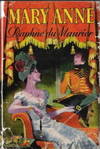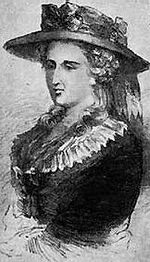I’m continuing Myretta’s Jane Austen theme today.
The Christian Science Monitor just published an article on the 200th anniversary of Pride and Prejudice, coinciding with Bath’s annual Jane Austen Festival. The title of the article is “Victorian-era soap opera turns 200: Pride and Prejudice still resonates today.”
Doesn’t that raise your hackles?
My goodness! First to call the book Victorian-era?
One could argue whether the book was Regency, because it was published in 1813, during the Regency, or whether it was Georgian, since Austen first wrote it in 1797, but it is lightyears from being Victorian in time-period and story! One wonders whether the journalist (or title writer) ever thought to check his research on that matter? Ironically, attached to the article is a a quiz about the United Kingdom (more on that later). I suspect the writers would not score well.
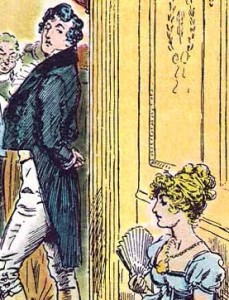 Then to call Pride and Prejudice a soap opera? Wrong. Wrong. Wrong.
Then to call Pride and Prejudice a soap opera? Wrong. Wrong. Wrong.
The article compares the popularity of Downton Abbey to Pride and Prejudice. Now, I love Downton Abbey, but it is more a soap opera than Pride and Prejudice ever could be. Wikipedia defines a soap opera as: a serial drama, on television or radio, that features multiple related story lines dealing with the lives of multiple characters. The stories in these series typically focus heavily on emotional relationships to the point of melodrama.
Pride and Prejudice isn’t a series. True, the book has multiple characters with multiple story lines and is heavily focused on emotional relationships, but never never to the point of melodrama! Austen did not write melodrama. She wrote with a keen observation, wisdom, and wit about people, about their strengths and weaknesses, about how they could change and grow-through love.
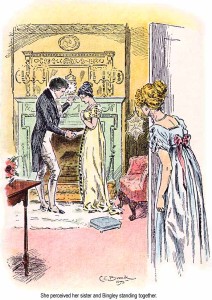 What’s more, Pride and Prejudice is considered one of the greatest books in literature. It regularly appears on lists of the greatest books of all time (except on one list I read yesterday and couldn’t find today to provide a link. And this list of 100 Must Read Books for Men- only one woman author there, Harper Lee’s To Kill A Mockingbird). Consider this quote from Anna Quindlen:
What’s more, Pride and Prejudice is considered one of the greatest books in literature. It regularly appears on lists of the greatest books of all time (except on one list I read yesterday and couldn’t find today to provide a link. And this list of 100 Must Read Books for Men- only one woman author there, Harper Lee’s To Kill A Mockingbird). Consider this quote from Anna Quindlen:
Pride and Prejudice is also about that thing that all great novels consider, the search for self. And it is the first great novel to teach us that that search is as surely undertaken in the drawing room making small talk as in the pursuit of a great white whale or the public punishment of adultery. (from Wikipedia)
Other than that, the article is pretty decent with some good observations from people who have the expertise to speak knowledgeably about the book.
It also includes a fun quiz – How Well Do You Know Pride and Prejudice? I scored only 80% mostly because I didn’t know enough about the film adaptations of the book. And I guessed Lizzie’s age wrong.
The article also links to another quiz – Keep calm and answer on: Take our United Kingdom quiz. I scored 80% on this one, too, mostly because I know Regency history, but not much else!
Take the quizzes and tell us how you do!
Do you think Pride and Prejudice is a soap opera?

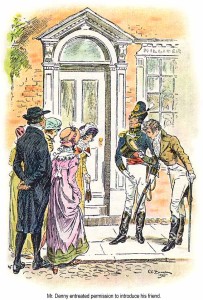
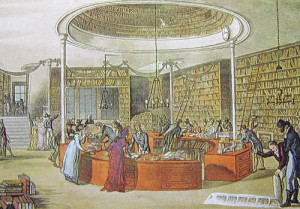
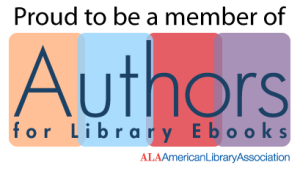
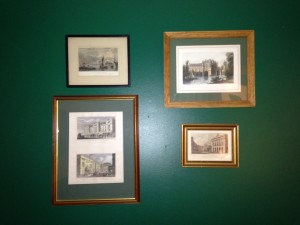
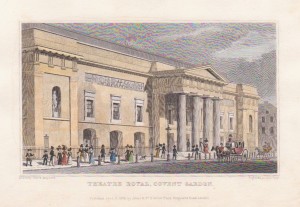
 Even though I love Regency Historical Romances, I don’t read many of them these days (although I loved my friend Mary Blayney’s
Even though I love Regency Historical Romances, I don’t read many of them these days (although I loved my friend Mary Blayney’s 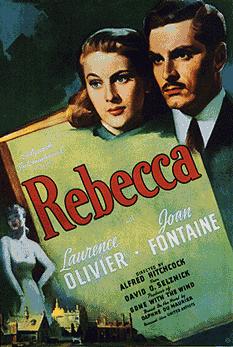
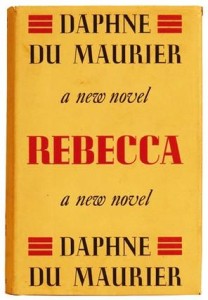
 Rebecca had early influences, not quite back to regency times, but it is clear the book was influenced by Jane Eyre. The innocent heroine, the dark “widower,” a mysterious servant, a big secret about the hero’s former wife, the fire at the end–all are there. I like that du Maurier wrote such a popular book based on a classic. I had my own Jane Eyre-inspired book,
Rebecca had early influences, not quite back to regency times, but it is clear the book was influenced by Jane Eyre. The innocent heroine, the dark “widower,” a mysterious servant, a big secret about the hero’s former wife, the fire at the end–all are there. I like that du Maurier wrote such a popular book based on a classic. I had my own Jane Eyre-inspired book, 